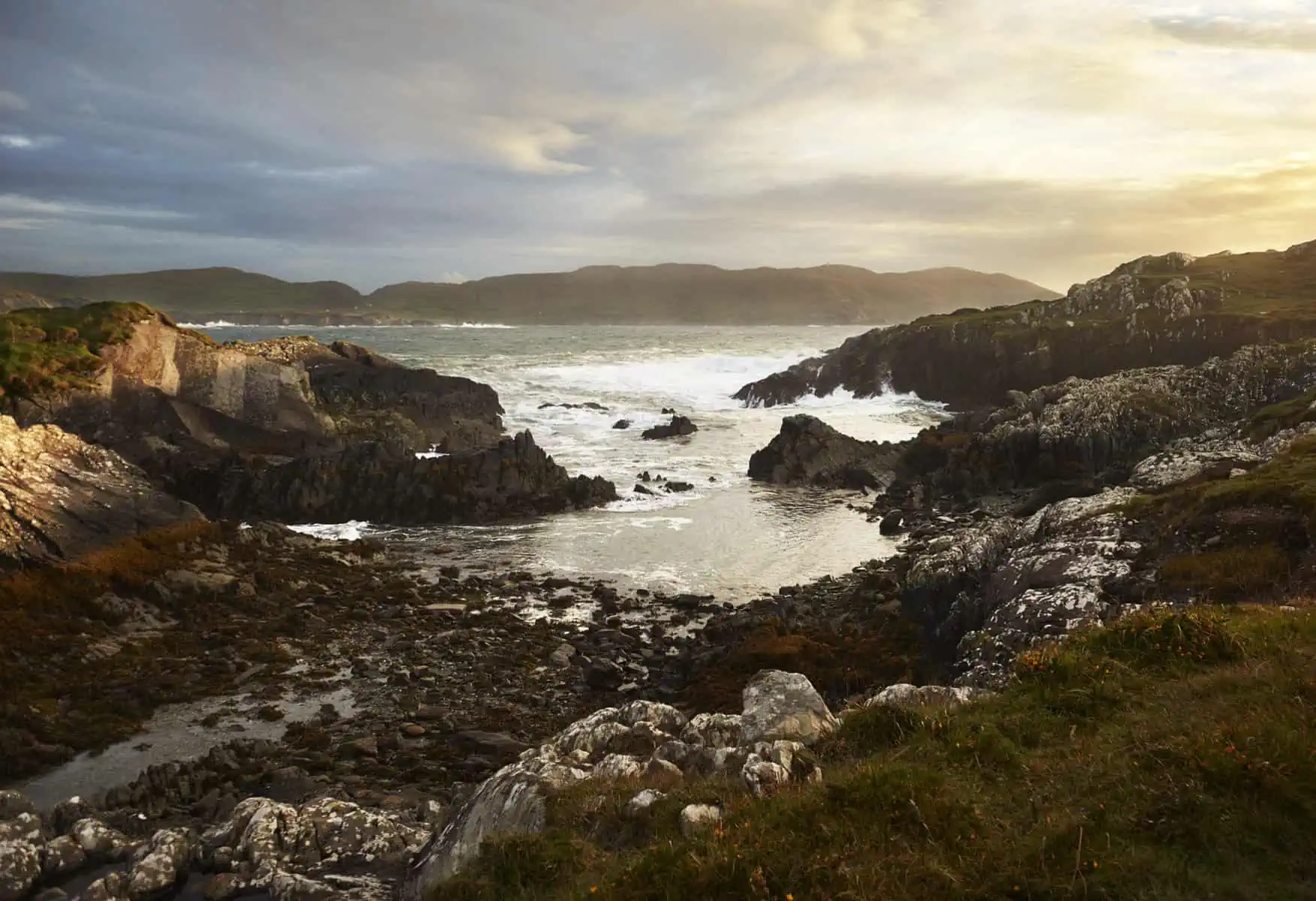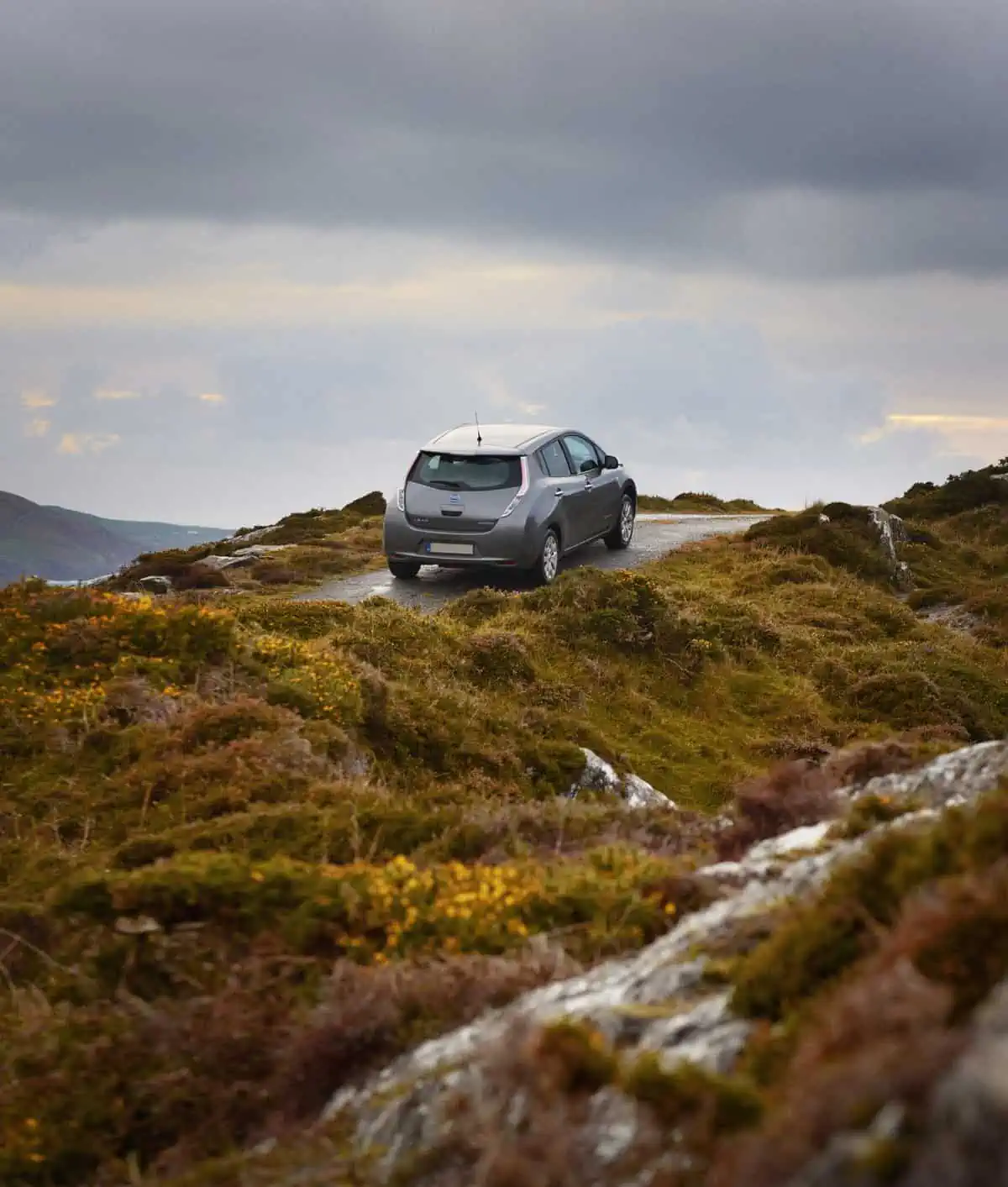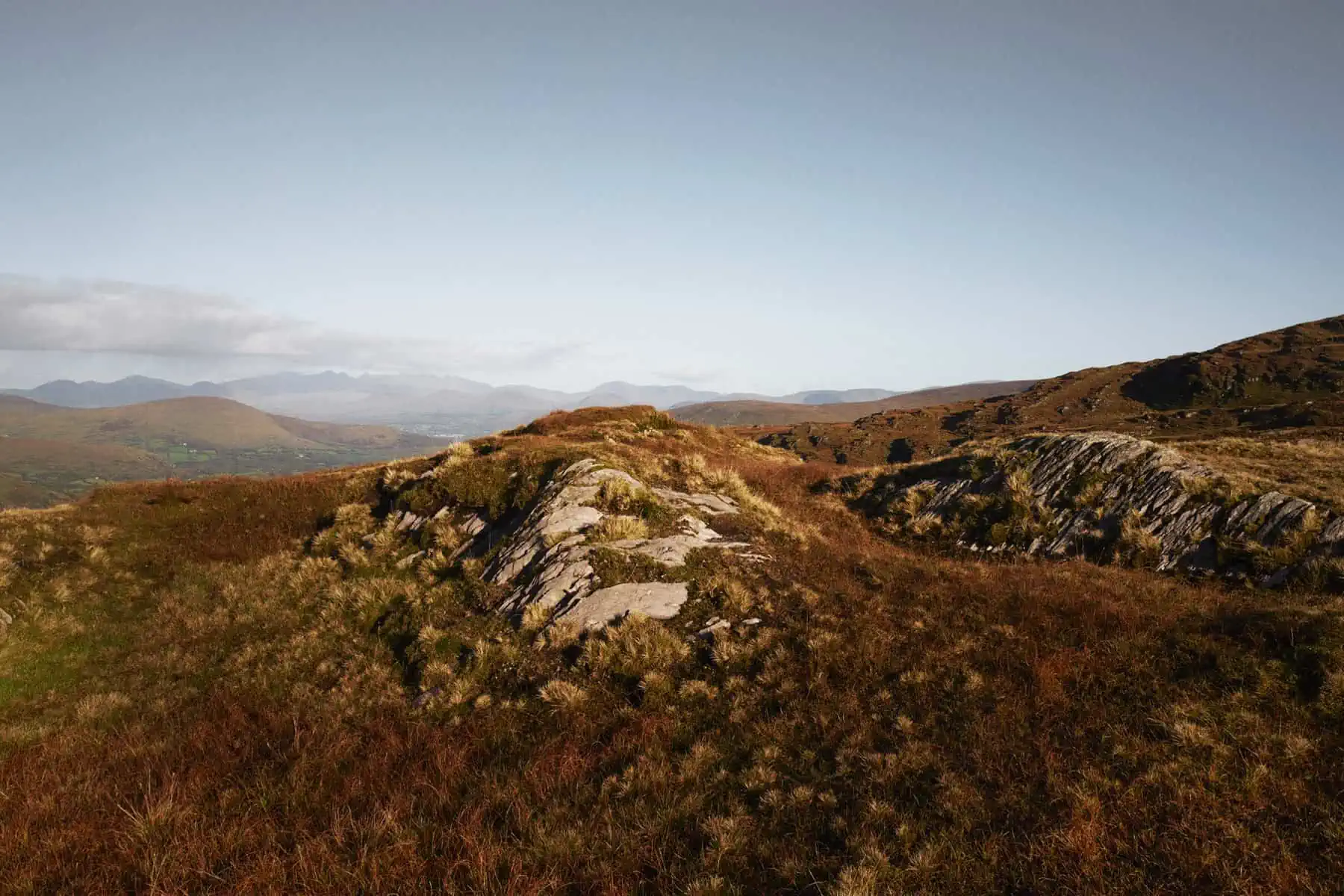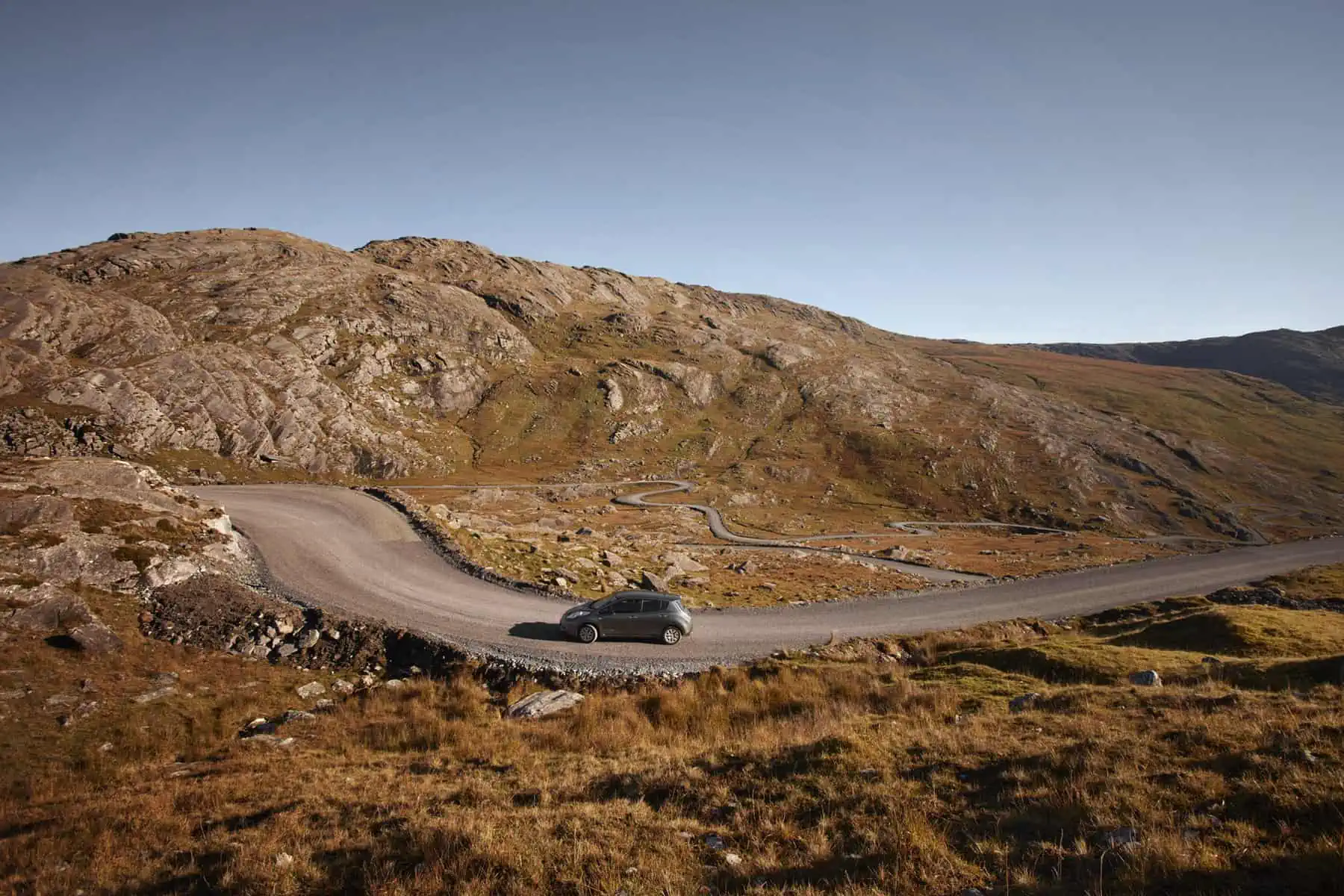The recent report by the UN Intergovernmental Panel on Climate Change (IPCC) in October 2018 created waves amongst the public and policy makers alike, stating with absolute clarity that we need to make bold, ambitious but achievable changes to reach the target set at the Paris agreement to limit temperature increases to between 1.5C and 2C. We have never seen ourselves in a more obviously black and white, emotionally charged time to make the change we need. Internal combustion engines are one of the biggest offenders in the breakdown of our climate. Cars and trucks account for close to one fifth of all emissions. With this in mind, and as public awareness of this situation increases, it is not surprising that there is increasing demand for Electric Vehicles. In the UK alone, the number of fully electric cars and vans has increased from roughly 3,500 registrations in 2013, to around 182,000 in October 2018. There are currently at least 120 plug-in models on the market, including fully electric and hybrid models and this is set to increase. In August 2018, Fordannounced a huge commitment of $11 billion to develop around 40 electric vehicles, whilst BMW said it anticipates sales of half a million electric vehicles by 2019 and this is just two manufacturers.
Electric cars are often perceived as city cars and ‘range anxiety’ is still a key consideration for many potential owners. Coupled with this, heavy misconception that there is a disparity between the need and criteria fulfilment of an internal combustion car against that of the current models of electric cars available is a huge problem. With this in mind and given the radical changes we need to make, it poses the question of whether this is instead something that needs us to change our way of thinking. What is a city car anyway?
As we arrive in Cork, Ireland, we are faced with an intense storm. As the rain pours, Senan O’Connor, our guide for the next few days discusses arranging our routes and plans due to the storm that is heading over the unforgiving Atlantic Ocean. The storm feels a fitting backdrop to a piece about preventing the breakdown of the climate. After everything I’ve learnt from my work as an ambassador for The Climate Reality Project so far, it also feels all the more poignant.
Senan’s ethos “that by dissecting our motoring past, we can discover what we should take into our motoring future” is a refreshing one. Alongside his wealth of experience within the world of motor racing both as a competitor and filmmaker spanning 20 years, he also has an unrivalled enthusiasm for saving some of the more mundane classic cars and celebrating the freedom they awarded to their owners. More recently his documented restorations have drawn a huge audience on social media. I wasn’t all too surprised when I found out he had invested in a fully electric Nissan Leaf at the beginning of 2018. What I found particularly interesting about Senan’s car is that he lives in one of the most remote areas of the West Coast of Ireland, very far from the perceived city life of most Electric cars. But for Senan, the issue of Range Anxiety was easily answered: “Most people accept how well electric cars work in cities, however there is so little conversation about their use on lower speed rural roads. Because the average speed will often be reduced to 60 kilometres per hour, you can nearly double the range. Once I made this connection, it really opened up for me what was achievable by driving electric.” He says as we head deep into the rugged coastal mountains of West Cork. We will spend the next three days exploring some of Ireland’s most famous touring routes and touching on parts of The Wild Atlantic Way, a coastal route that spans over 2500 kilometres of Ireland’s coast. With the remoteness of the mountain landscape and no rapid chargers in this South Western section of the Wild Atlantic Way, we will really be testing if driving fully electric in a rural environment actually has the capacity to change our driving habits for the better.
It is very clear, that whilst slow or ‘destination’ chargers are available in various local towns in the area, a lack of fast charging points is causing problems.The Irish government’s plan to start charging a fee to use these from 2019 should lead to further investment in the network and better maintenance – a welcome development for the rapidly growing community of owners. The current Rapid Charger system (which takes roughly 40 minutes to fully charge a car like the Nissan Leaf, rather than the 8 hour of a slow charge) is based on getting drivers out from cities but doesn’t work as well for coastal and rural drives. If the destination through West Cork alone were upgraded to Rapid chargers, it could have a huge effect on the sales of electric cars but also drive massive investment in tourism to local towns and their trade.
The following morning, we pass a petrol station that Senan would often use for his fossil fuel top ups. Realising that the petrol station wasn’t yet open for the day, it became clear that had we been driving an internal combustion car, we may not even have been able to start our day yet. “Most people don’t acknowledge that they plan for fuel, and it’s really no different to getting into the headspace of owning an electric car” says Senan as we begin our drive to Priest’s Leap, an old rally stage.
With many ups, downs and dramatic drop offs into steep valleys, I really start to see the car shine. The electric engine has clear advantages on uneven and steep terrain. As there is no need for a traditional gearbox to control the engine’s revs, high torque and power is instantly available to the driver. The car can easily handle starts from stationary on steep inclines, even with loose road surfaces – a situation that wouldtax an engine and the driver’s skills in a conventional car.Regenerative braking allows electric vehicles to use braking force to recharge. As Senan demonstrates a loss of 10% of our charge on one uphill, and a regeneration of 5% downhill, it is clear to see that the range potential is much more than the battery gauge might at first indicate.
There is also the fact that contrary to what many may think, a fully electric vehicle is mechanically many times simpler than a traditional fossil fuel car. There is so much less that can go wrong, meaning potentially a lot less time spent in the garage over the years, increasing the lifespan of the vehicle. There are also the economic benefits, not just for consumers but for companies wishing to replace whole fleets with electric cars. With many of the charging points located out of home either free to use, incurring a slight charge or yearly usage fee, the cost of fossil fuel top ups is massively outweighed. At home, the cost of installing a charger is very rapidly offset against the cost of a few tanks of fuel. “I believe its most likely that to begin with we will see charging points more frequently in the workplace. Once it is seen just how powerful electric cars are and how much cheaper they are to run, this is where we will see the real change.” Says Senan.
Admittedly, at the beginning of this journey, I had my own reservations about the range of the car and if it was really achievable to test what we set out to, having visions of being stranded with a dead car, but every single ounce of the anxiety I once felt was easily removed once I had built some confidence in the car and its abilities from getting to know its handling.‘The first few times we tested the cars range, it was tight on our return, but now, a few months later, the same trips see us arriving home with 20-30% battery remaining. I think you build up a certain kind of intuition with the car,” says Senan. It is also very clear to me that an electric car is actually as well suited to driving in an urban environment as they are to a rural environment. By the end of the journey, I felt confident that driving electric had completely surpassed my original expectations, achieved our objectives and allowed me to really see their potential use as an all-round vehicle. Driving an electric car really just encourages a slight change in thinking. When you get into the headspace of this kind of driving, you rapidly find yourself working out how you can utilise your time in a specific place whilst you charge. You find yourself planning out charging stops because it encourages a more relaxed, healthy way of driving. It encourages you to take breaks.
As someone who spends a lot of their time in mountainous landscapes, I am very fond of driving for pleasure. What I wasn’t prepared for with my experience in the EV was how much it actually brought back for me the pleasure of being in the car. There is something about it that is hard to put your finger on, but you feel like you’re driving with a cleaner conscience and driving for the pure pleasure of the experience it allows, rather than a utilitarian slog. I just felt better. I didn’t feel as guilty. Then there is the quietness of the car, it feels gentle. “The repetitive sounds of cars are distressing to our bodies. It is like two hammers banging together” said Senan as I comment on this. I’d never even thought of that before, and the thought of how it would feel the next time I got into an internal combustion car didn’t feel so great after that. Driving electric feels like a much more positive experience all around. I was very aware that I was breathing fresh, countryside air rather than fumes that just become second nature. That, aside from the many obvious benefits of driving electric is something that cannot be captured with facts and figures. Like most things that we need to change to make the shift we need environmentally, they’re often better for us anyway.








